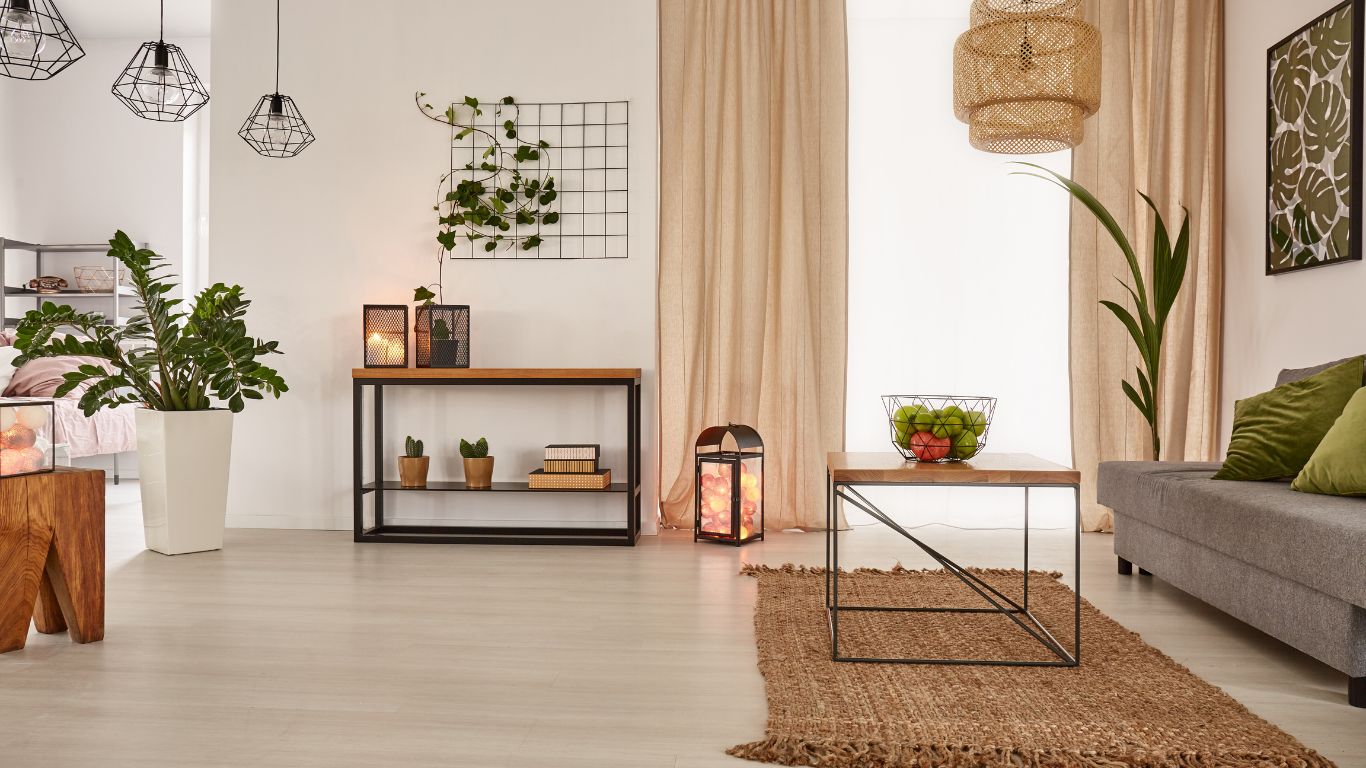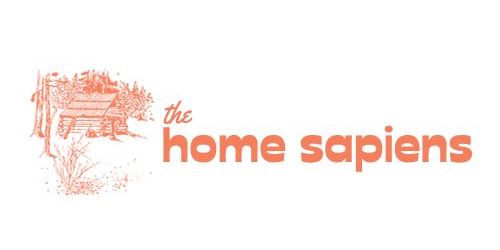Key Takeaways
Interior design and home decor, while related, have distinct roles in creating beautiful living spaces. Interior design focuses on functionality, safety, and aesthetics, while home decor adds a personal touch and enhances aesthetics.
Collaborations between interior designers and decorators can result in well-rounded interiors that seamlessly blend functionality and style. Homeowners benefit from spaces that are both visually appealing and practical.
Interior design leverages elements like color schemes, materials, and furniture selection to create cohesive designs. Home decor allows individuals to express their personality through choices in wall art, soft furnishings, and lighting.
Interior design projects require meticulous budgeting, considering design fees, materials, and construction costs. Home decor provides flexibility in budgeting, with options ranging from affordable DIY projects to luxury investments.
Interior designers focus on space planning, addressing functionality and lifestyle needs, and ensuring safety and compliance with building codes. Home decor allows for ongoing updates, including seasonal and thematic changes, to keep spaces fresh and engaging.
In the realm of home improvement and aesthetics, two terms are often used interchangeably: interior design and home decor. While both are crucial aspects of crafting a beautiful living space, they serve distinct purposes and involve different processes.
In this article, we will delve into the differences between interior design and home decor, shedding light on their unique characteristics, functions, and the role they play in transforming your living environment.
Table of Contents
Defining Interior Design
Interior design is a multifaceted discipline encompassing the art and science of transforming interior spaces into functional and aesthetically pleasing environments. It goes beyond decorating and involves meticulous planning, spatial organization, and architectural considerations.
Definition of Home Decor
Home decor focuses on enhancing the aesthetics and ambiance of a space through furnishings, accessories, and decorative elements. It is the art of personalizing a room, reflecting the homeowner’s style and personality.
Role of Home Decor in Interior Design
- Enhances Interior Design: Home decor plays a crucial role in enhancing interior design by providing the finishing touches that complete a space.
- Components: Home decor encompasses various elements such as furniture, art, lighting, and textiles, all of which contribute to infusing character and warmth into a designed interior.
- Creating a Cohesive Look: The selection and arrangement of home decor items are essential in creating a cohesive and harmonious aesthetic within a living space.
The Difference Between Interior Design and Home Decor
Scope and Purpose
- Interior Design: Interior design involves the comprehensive planning, designing, and execution of interior spaces. It considers architectural aspects, spatial arrangements, and functionality. Interior designers often work on both residential and commercial projects and may require formal education and licensure.
- Home Decor: Home decor primarily deals with the decorative aspects of interior spaces. It involves selecting and arranging furniture, color schemes, accessories, and decorative elements to enhance the appearance of a room. Home decor is more about adding style and personality to a space.
Education and Training
- Interior Design: Interior designers typically undergo formal education and training to acquire knowledge of architecture, building codes, spatial planning, and design principles. They may hold degrees in interior design or related fields.
- Home Decor: Home decorators may or may not have formal training. While some decorators have design-related education, many gain expertise through personal interest, experience, or self-education.
Focus
- Interior Design: Interior designers focus on the overall layout, flow, and functionality of a space. They work on structural elements, such as walls, ceilings, and floor plans, and often collaborate with architects and contractors.
- Home Decor: Home decorators concentrate on furnishing and decorating a space. They select furniture, fabrics, color palettes, accessories, and decorative items to create a specific style or ambiance.
Regulations and Codes
- Interior Design: Interior designers must adhere to building codes, safety regulations, and industry standards. They are responsible for ensuring that designs comply with legal requirements, especially in commercial settings.
- Home Decor: Home decorators do not typically deal with legal and regulatory aspects to the same extent as interior designers, especially in residential settings.
Scale and Complexity
- Interior Design: Interior design projects can range from small-scale residential renovations to large commercial projects. They often involve complex planning and may require architectural changes.
- Home Decor: Home decor projects are generally more accessible and suitable for individual homeowners. They focus on enhancing the aesthetics of existing spaces without major structural alterations.
Professional Services
- Interior Design: Interior designers offer a range of professional services, including space planning, material selection, project management, and collaboration with architects and contractors.
- Home Decor: Home decorators primarily offer decorating services, such as furniture selection, color consultations, and styling advice.
This table highlights the key differences between interior design and home decor in a clear format.
| Aspect | Interior Design | Home Decor |
|---|---|---|
| Scope and Purpose | Comprehensive interior planning, designing, and execution | Decoration and enhancement of interior spaces |
| Education and Training | Often requires formal education and licensure | May or may not involve formal training |
| Focus | Overall layout, functionality, structural elements | Furnishing, color schemes, accessories, and style |
| Regulations and Codes | Adherence to building codes, safety regulations | Less involvement in legal and regulatory aspects |
| Scale and Complexity | Small to large-scale projects, potential architectural changes | Typically smaller-scale, minimal structural alterations |
| Professional Services | Space planning, material selection, project management | Decorating, furniture selection, styling advice |
The Collaborative Nature of Interior Design and Home Decor
Interior designers and decorators often collaborate to create cohesive interiors. Designers lay the foundation, while decorators add the personalized touches.

The Collaborative Nature of Interior Design and Home Decor
Benefits of Collaboration for Homeowners
- Aesthetic Appeal: Collaboration contributes to the creation of visually stunning homes, emphasizing the importance of design and aesthetics in the living space.
- Functional Excellence: The collaborative approach goes beyond aesthetics, ensuring that homes are not only beautiful but also optimized for functionality, enhancing the overall efficiency and practicality of living spaces.
- Enhanced Living Experience: By combining the efforts of various experts, collaboration results in homes that offer an elevated and improved overall living experience, addressing both the visual and functional aspects of residential spaces.
In summary, interior design and home decor serve distinct but complementary roles in creating an inviting and functional living environment.
Interior design takes a holistic approach, often involving structural changes and professional expertise, to optimize space. In contrast, home decor focuses on aesthetics and personal expression, offering versatility and accessibility for DIY enthusiasts.
Ultimately, the choice between the two depends on your goals, preferences, and the level of transformation you seek for your home.
FAQs
Can I do both interior design and home decor in my home?
Absolutely! Many homeowners choose to combine elements of both interior design and home decor to achieve a well-rounded and personalized look.
How much does it cost to hire an interior designer?
The cost of hiring an interior designer can vary widely depending on factors such as location, scope of work, and the designer’s experience. It’s advisable to get quotes from multiple designers and discuss your budget upfront.
Can I change my home decor frequently?
Yes, home decor is highly adaptable and allows for frequent updates. You can change decor items, rearrange furniture, and experiment with different styles to keep your space fresh.
Do I need to make structural changes for home decor?
No, home decor typically does not involve structural changes. It focuses on furnishings, accessories, and decorative elements that can be easily added or removed.
What are some popular interior design styles?
Popular interior design styles include contemporary, traditional, minimalist, industrial, and Scandinavian, among others. The choice of style depends on your personal preferences and the overall aesthetic you wish to achieve.
- The Ultimate Guide to Choosing the Perfect Carpet
- Carpet and Home Value: How Flooring Choices Impact Your Property’s Worth
- Carpet in the Bedroom: Cozy and Comfortable
- 5 DIY Decor Ideas to Make Your Space Truly ‘You’
- Carpet for Pets: How to Choose Flooring That’s Both Stylish and Pet-Friendly
- Carpet for Kids’ Rooms: The Secret to Creating a Cozy Wonderland



